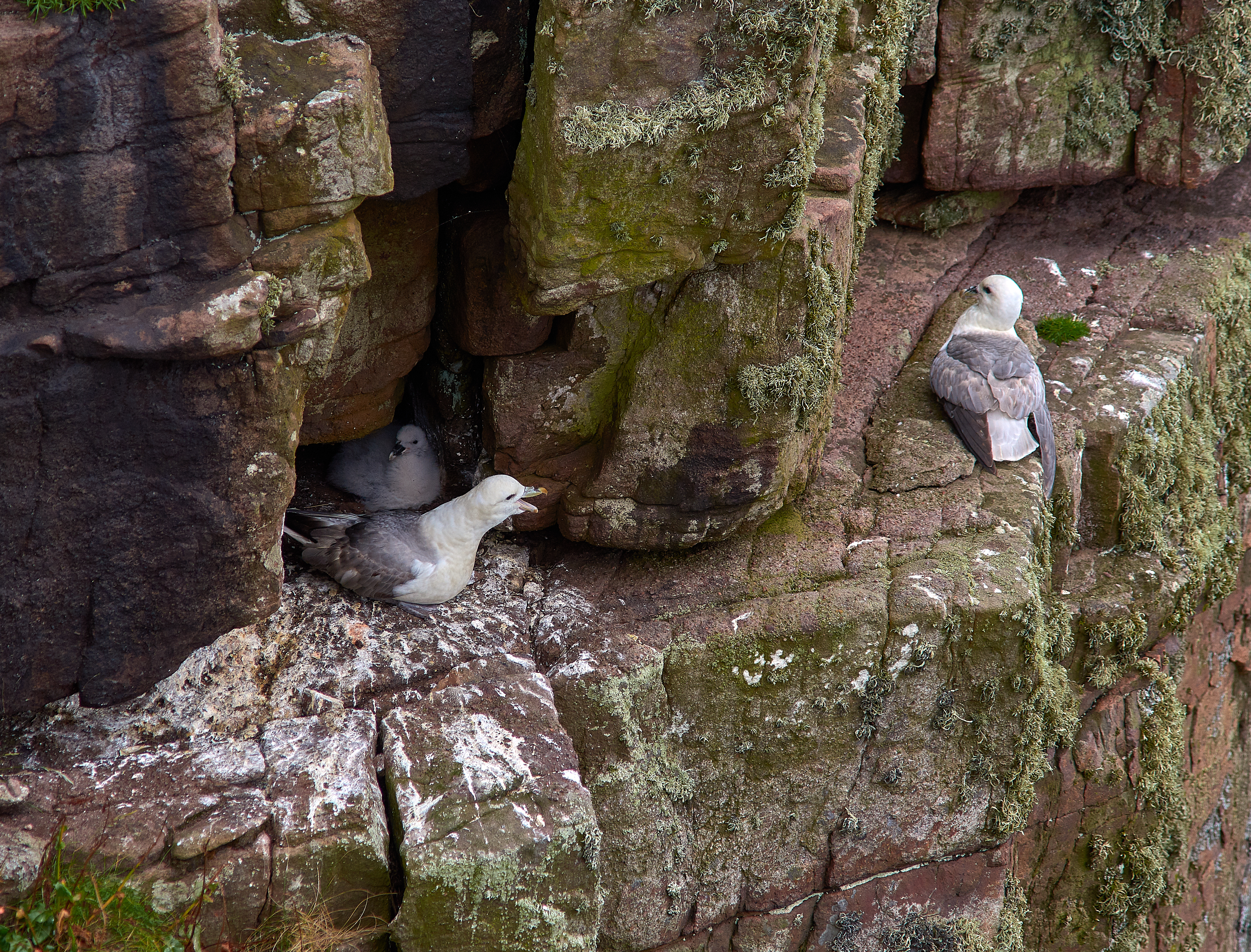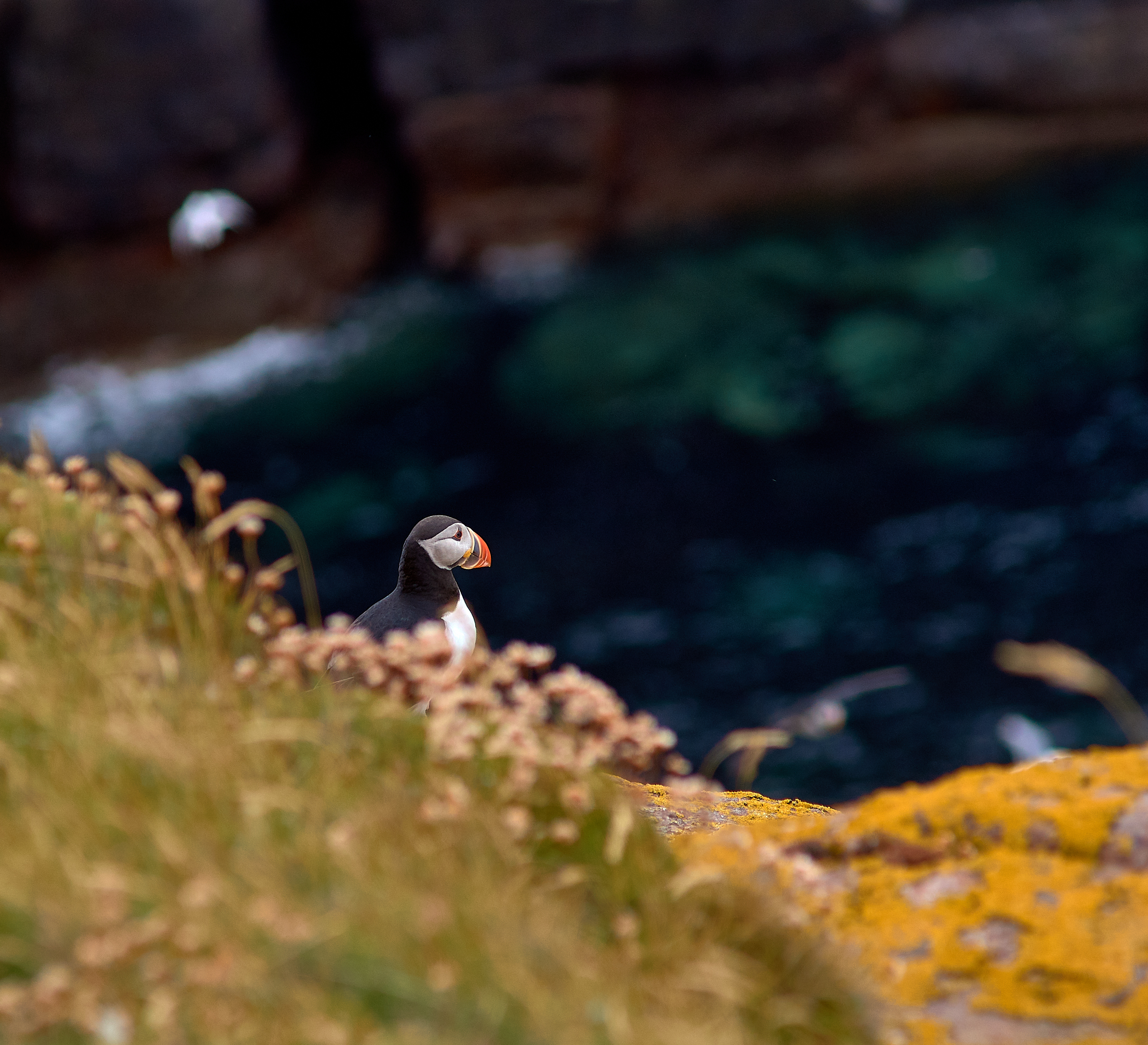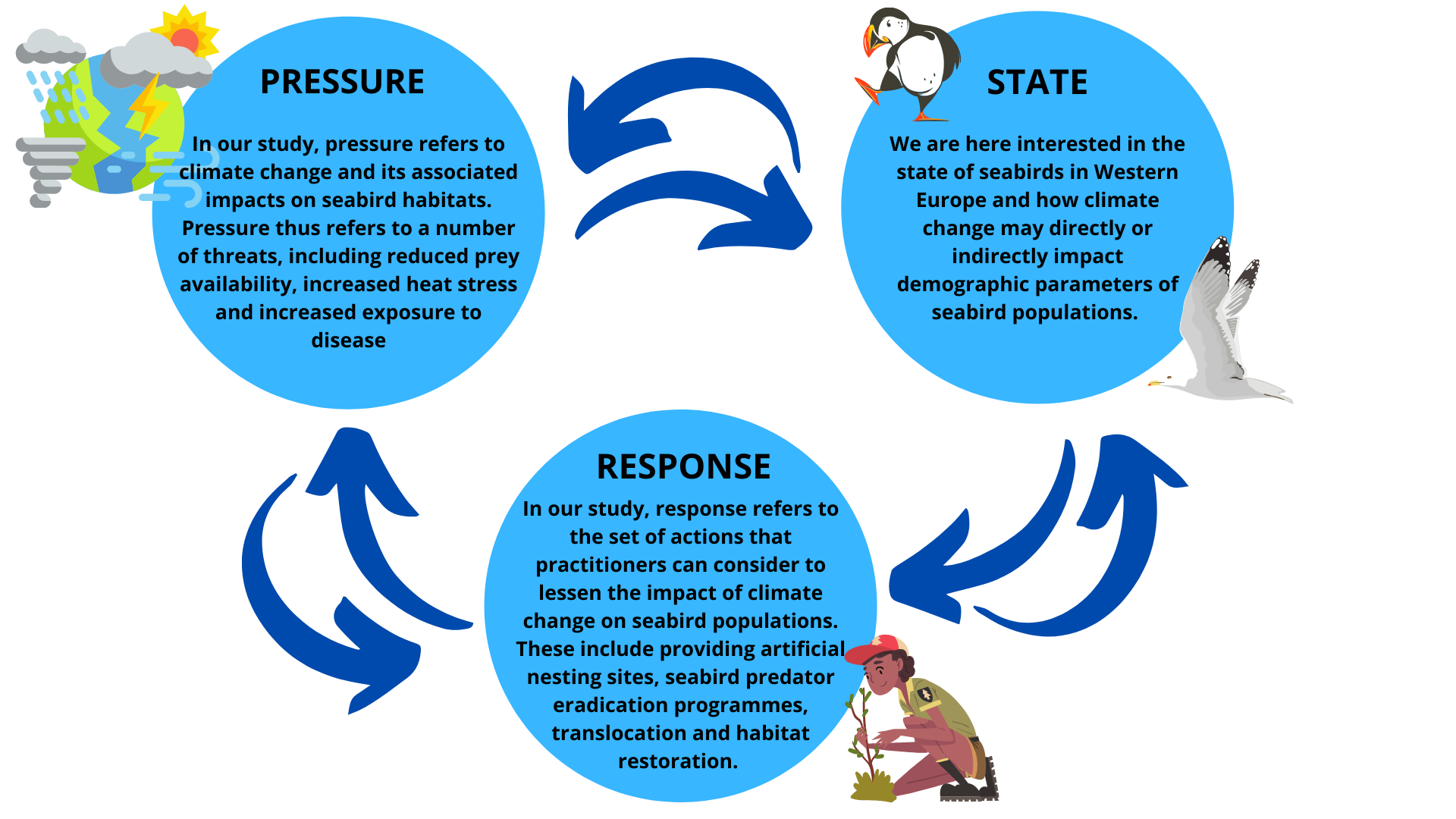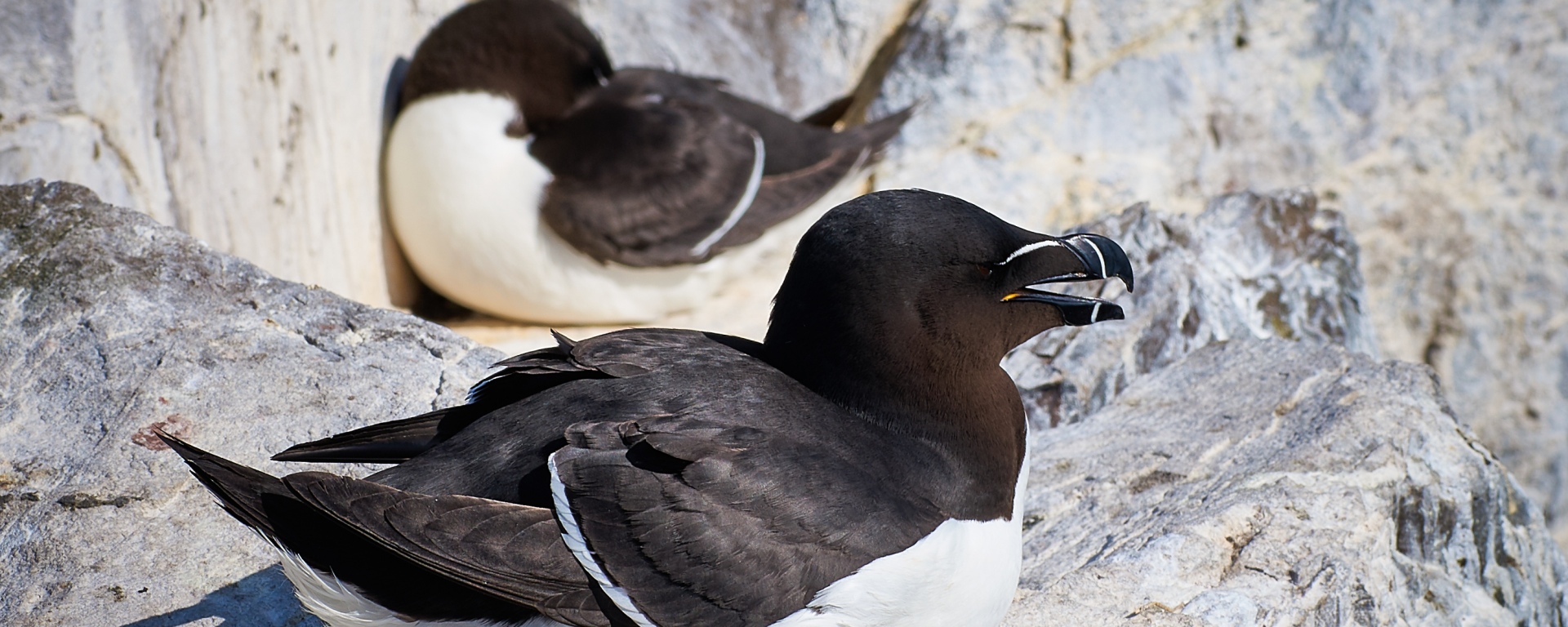In their latest research, Henry Hakkinen and colleagues explore how existing knowledge can be brought together in a pressure-state-response framework that connects climate change ecology, conservation evidence assessments and management.
The impacts of human activities on ecosystems and natural resources across the world are well known, and now extend to nearly every ecosystem on Earth.
Given the scale and severity of human-driven impacts on the natural world, research into threats and research into conservation action need to work hand in hand. The most serious threats to biodiversity need to be highlighted and prioritised, and conservation actions need to be devised and tested in response. However, a number of papers over recent years and decades have pointed out that this is often not the case, and that there is an urgent need for more solution-based research and evidence-based conservation.
Our team at ZSL and the University of Cambridge has been investigating ways to link research and evidence more effectively, using a pressure-state-response (PSR) framework. While the framework could be applied to almost any conservation issue, we used the example of seabirds in western Europe and the impacts of climate change as our study system.

Using our PSR framework we identified 1) documented pressures to seabirds from climate change (i.e. in what ways is climate change threatening seabirds?), 2) how these pressures have affected/could affect the state (i.e. how badly are seabirds affected, will their populations increase or decline in the future?), and 3) potential responses (i.e. how can conservation organisations prevent or lessen the impact of climate change). Our study was carried out with the collaboration of conservation organisations across Europe, who provided their experience and knowledge to assess all stages of our framework. Our final, most wide-reaching survey received responses from more than 40 practitioners from 16 countries and 18 organisations.
Our study revealed a mismatch between climate change research and conservation action. There are a great number of ways climate change can negatively affect seabirds, both directly and indirectly (for some comprehensive overviews see here and here).
The majority of conservation practitioners we surveyed were very concerned about how climate change could impact seabird populations they work with. They particularly highlighted the risks of reduced seabird prey availability (79% rated this threat as “serious” or “very serious”), reduced habitat availability (64%), and increased disturbance and conflict with humans (64%). Other identified threats of concern were increased nest destruction from storms (45%), increased exposure to disease (45%), increased foraging difficulty (39%), along with a host of other potential threats.
We found that although many of these threats to seabirds have received significant research attention in relation to climate change, others have not and are still relatively poorly understood (we highlight disease as a particular example).

Conservation planning in response to climate change is a complex, difficult process, as climate change can impact ecosystems in so many ways. Nevertheless, it was surprising to find that there are very few conservation studies that directly target climate change, even for the most serious threats. As a result, with suggestions and feedback from practitioners, we created a list of direct actions that could be applied to tackle the impacts of climate change. We then assessed the evidence behind each action, in particular how effective they are at helping seabird populations.
Unfortunately, we found the volume and strength of evidence was very variable. For example, climate change is likely to result in increased nest destruction in many areas, and happily there are several tried and tested actions that could be used to protect or repair nesting areas. On the other hand, there are very few well-researched options that can be used to directly tackle prey loss or increase in disease risk. This is of great concern given that our practitioner surveys highlighted these impacts as some of the most serious threats!

In summary, we found numerous gaps in our understanding of climate change threats, even the most serious ones, as well as gaps in the associated conservation response. This is highly concerning, and likely to apply to many other species and ecosystems threatened by climate change, especially considering seabirds are relatively well-studied and their conservation status has received a lot of attention.
We would argue that filling these gaps and aligning research and conservation attention is a very high priority in order to successfully conserve biodiversity for future generations, and we hope that this study, and our project as a whole, highlights the magnitude of the problem and a potential route to solving it.
Read the full paper Linking climate change vulnerability research and evidence on conservation action effectiveness to safeguard European seabird populations in Journal of Applied Ecology.
